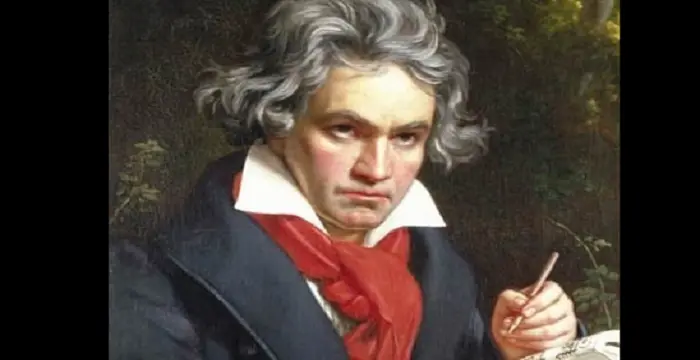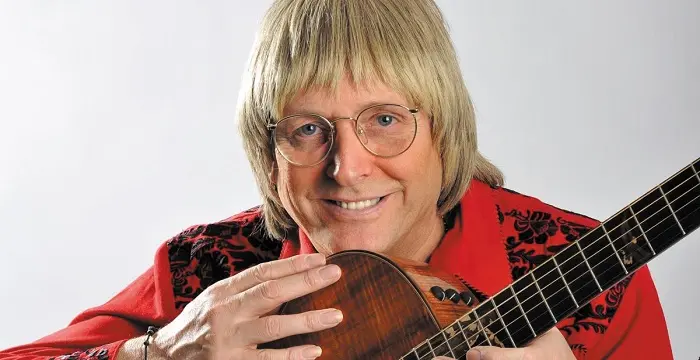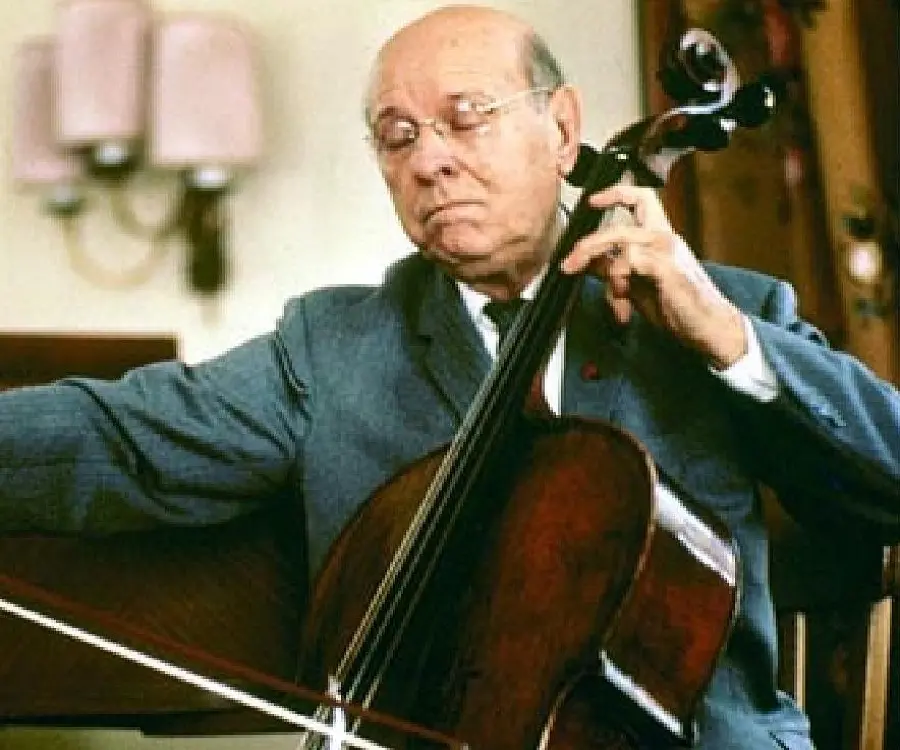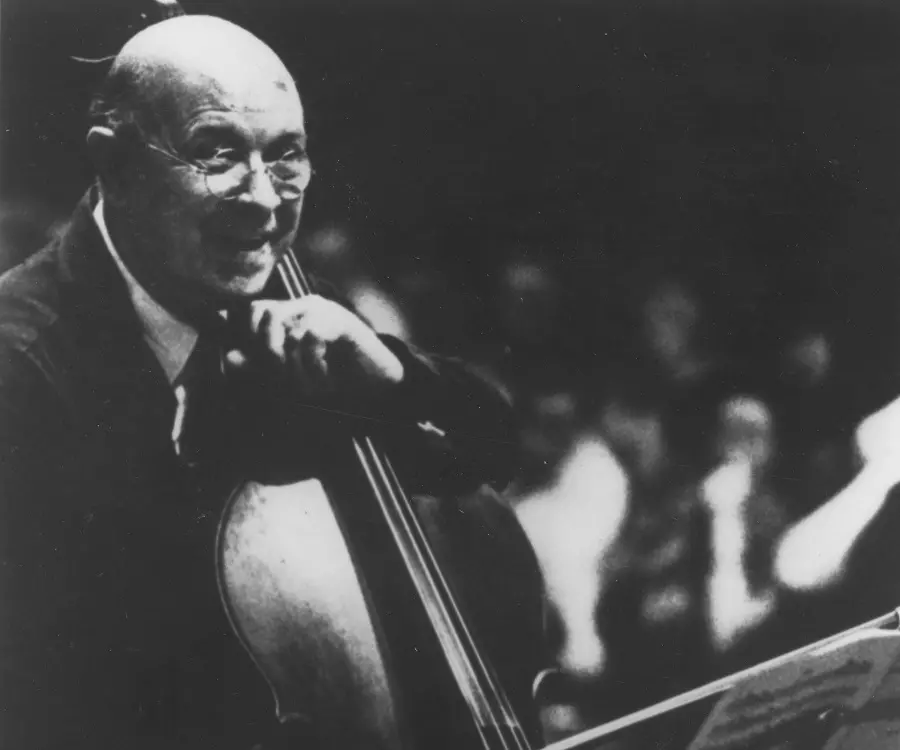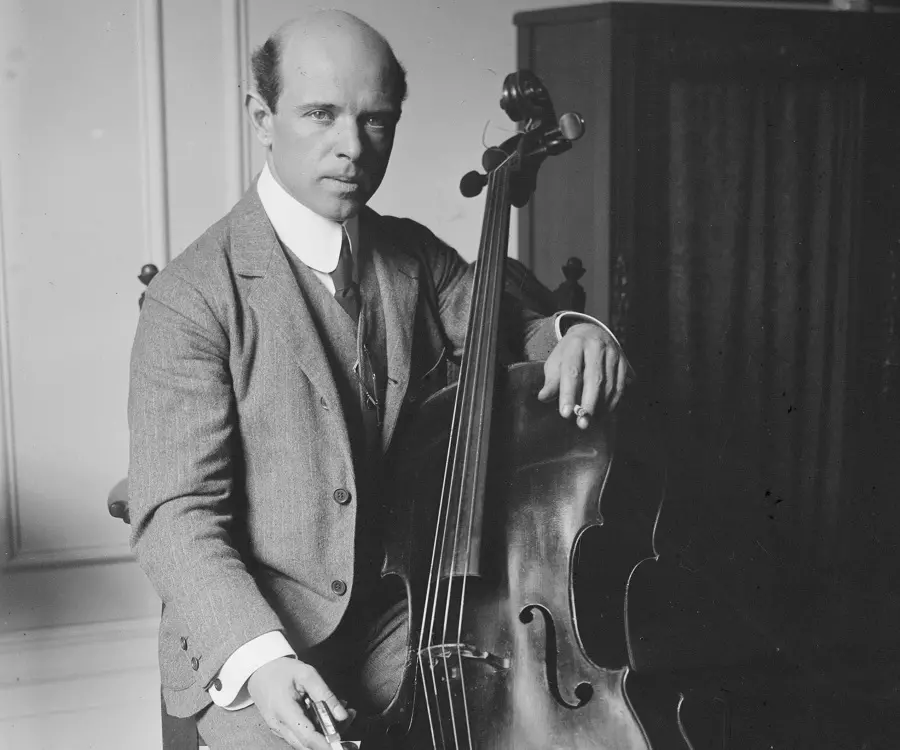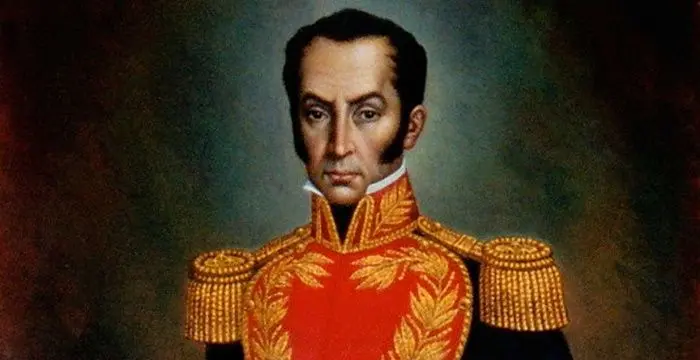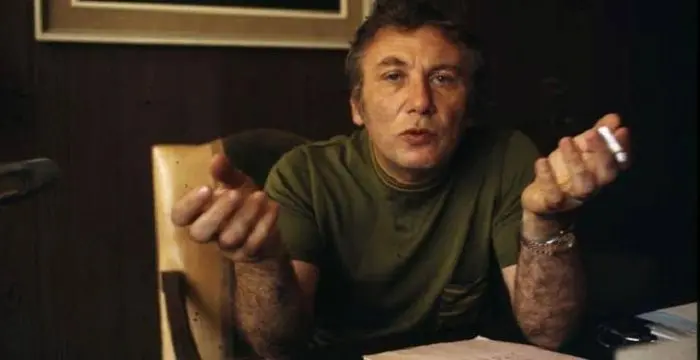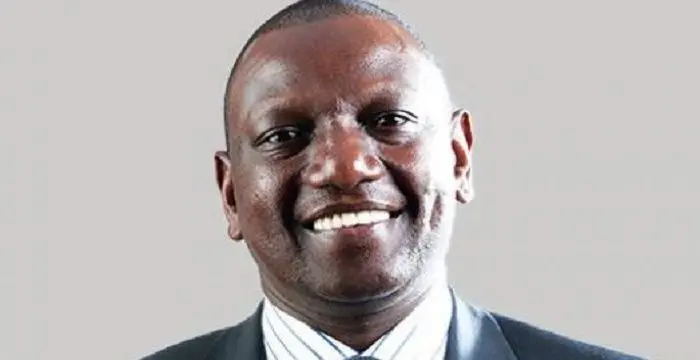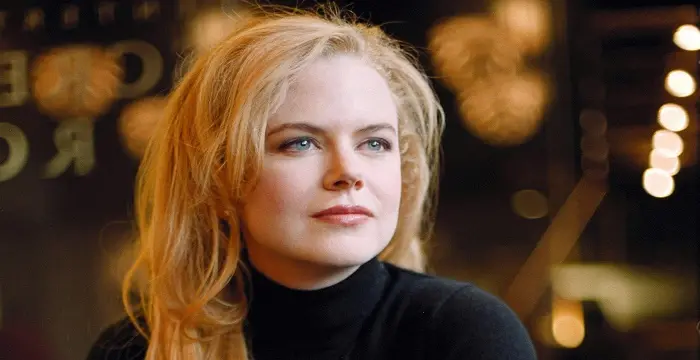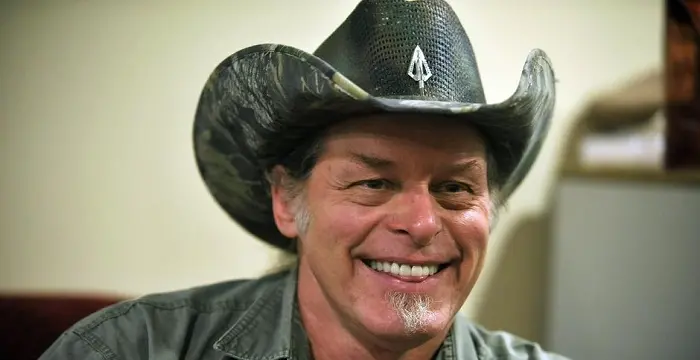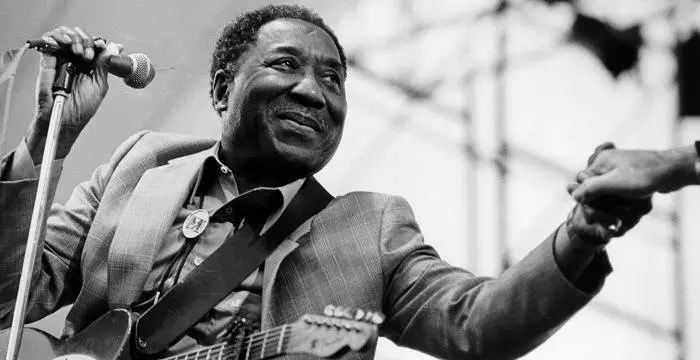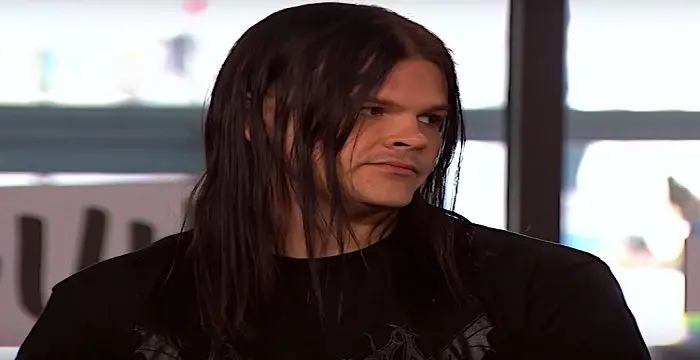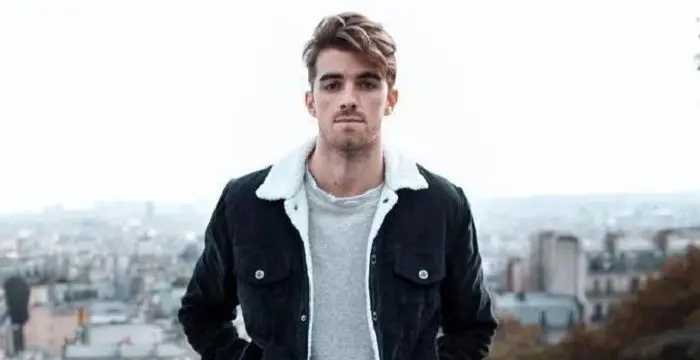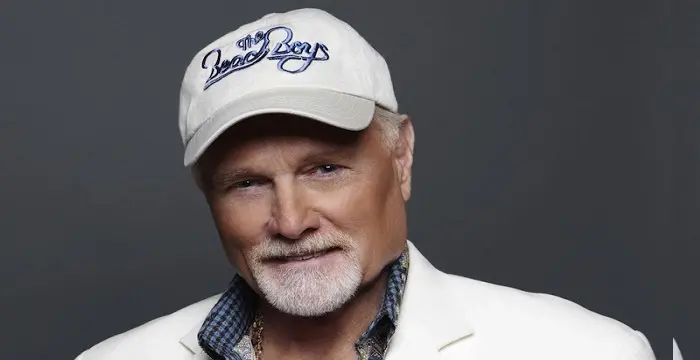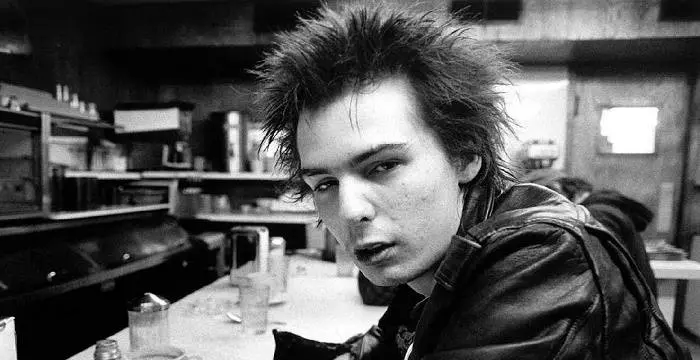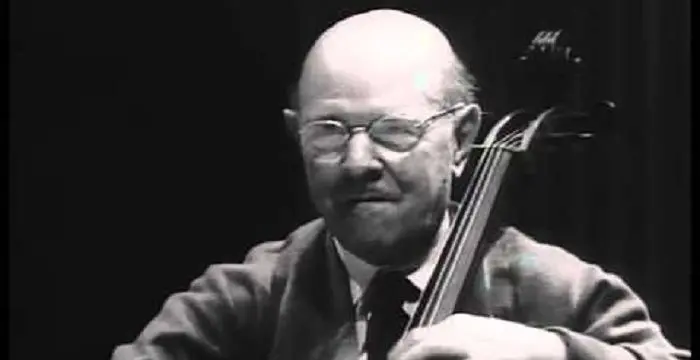
Pablo Casals - Composers, Timeline and Family
Pablo Casals's Personal Details
Pablo Casals was an influential and esteemed cellist and conductor of the 20th century
| Information | Detail |
|---|---|
| Birthday | December 29, 1876 |
| Died on | October 27, 1973 |
| Nationality | Spanish |
| Famous | Humanitarian, Republicans, Musicians, Composers |
| Ideologies | Republicans |
| Spouses | Marta Casals Istomin (m. 1957–1973), Susan Metcalfe Casals (m. 1914–1929) |
| Siblings | Arturo Casals |
| Birth Place | El Vendrell, Catalonia, Spain |
| Religion | Roman Catholic |
| Gender | Male |
| Father | Carlos Casals i Ribes |
| Mother | Pilar Defilló de Casals |
| Sun Sign | Capricorn |
| Born in | El Vendrell, Catalonia, Spain |
| Famous as | Musician |
| Died at Age | 96 |
// Famous Composers
Ludwig van Beethoven
Ludwig Van Beethoven was one of the greatest composers the world has ever had. Check out this biography to know about his childhood, family life, and achievements.
Emina Jahović
Emina Jahović Sandal is a Serbian model, actress and singer-songwriter. Know more about her childhood, life, career, achievements and timeline in this biography.
John Denver
John Denver, a famous American singer-songwriter and activist, is remembered for songs like Take Me Home, Country Roads and Annie's Song. To know more about his childhood, career, profile and timeline read on
Pablo Casals's photo
Who is Pablo Casals?
Pablo Casals is till date one of the most renowned named in the music fraternity. An eminent music personality of the 20th century, he went on to become the greatest cellist of the century. A prodigious child, his first ever music training was from his dad, who in turn was a parish organist and choirmaster. By the age of eleven, he mastered playing multiple instruments such as the piano, violin and flute. He chanced upon listening to the cello when he was eleven. No sooner he developed a passion for the instrument and resolved to take up a career in the same. Casals musical abilities and aspiration helped him go up the league. He started performing for the royal and the influential class. It was for his outstanding contribution in the field of music that he was presented with the highly esteemed Presidential Medal of Freedom and U.N. Peace Medal. Though he made many recordings throughout his career, in solo, chamber, and orchestral music, and as a conductor, he is best reminisced for the recordings of the Bach Cello Suites which he created from 1936 to 1939.
// Famous Republicans
Simon Bolivar
Simón Bolívar was a Venezuelan military leader who was instrumental in independence of several Latin American countries from the Spanish rule. This biography profiles his childhood, life, achievements and timeline.
Nizar Qabbani
Nizar Qabbani was a poet, and is one among the most honoured men in the Arab Literary world. This biography provides detailed information about his childhood, career, profile and timeline.
William Ruto
William Ruto is a politician who hails from Kenya and is the first Deputy President of the Republic of Kenya. This biography provides detailed information about his childhood, Profile, career and timeline
Childhood & Early Life
Pablo Casals was born to Carles Casals I Ribes and Pilar Defill� de Casals in El Vendrell, Catalonia, Spain. His father was a parish organist and choirmaster, which explains his musical career.
From a young age, his father, a strict disciplinarian, taught him various instruments such as piano, organ and violin. By four, he had learned the basics of playing the violin, flute and piano and two years later, mastered the violin for a solo performance.
His first encounter with cello was witnessing a local Catalan musician playing a similar instrument. It was only when he was eleven that he first heard the actual sound of the instrument. Inspired by the same, he resolved to make a career playing the instrument.
In 1888, he first received formal training in cello, theory and piano at the Escola Municipal de M�sica. Two years later, he incidentally discovered a dilapidated copy of Bach's six cello suites in a sheet music store in Barcelona.
He spent the next thirteen years practicing the cello suites in order to master them. Meanwhile in 1891, he performed his first solo recital in Barcelona.
While studying at Escola he was offered to play at informal concerts in the palace of Mar�a Cristina, the Queen Regent. Meanwhile, for his musical services, he was paid a stipend of studying composition at the Real Conservatorio de M�sica y Declamaci�n in Madrid with V�ctor Mirecki.
In 1895, he moved to Paris. Having lost his royal stipend, he started playing second cello in the theatre orchestra of the Folies Marigny for survival. A year later he returned to Catalonia and graduated with honors from Escola.
Upon his graduation, he was offered a chair in the teaching staff of the Escola Municipal de M�sica in Barcelona. Furthermore, he was offered the seat of a principal cellist in the orchestra of the Barcelona’s open house - the Liceu.
Career
His first professional outing in music was as a soloist with the Madrid Symphony Orchestra in 1897.
His international career commenced playing at the Crystal Palace in London in 1899. The same year, he played for Queen Victoria at the Osborne House along with Ernest Walker.
In the months of November and December of 1899, he played as a soloist at the Lamoureux Concerts in Paris. His performance was highly acclaimed and widely appreciated by the critics and the audience alike.
For a year from 1900 to 1901, he toured with pianist Harold Bauer to parts of Spain and Netherlands. Following this, in 1901, he commenced his first tour to the US. In 1903, he toured South America.
His great panache at the instrument and outstanding musical abilities earned him an offer to play at the White House for President Theodore Roosevelt in January 15, 1904. The same year, in March, he debuted at Carnegie Hall in New York for Richard Strauss's Don Quixote.
His overgrowing popularity and fame brought him to public notice. He received a number of invitations for performing in front of world leaders and influential royal personalities. In May 1911, he played at the London Music Festival on its second day at the Queen’s Hall.
He returned to Paris to set up a concert trio group with pianist Alfred Cortot and violinist Jacques Thibaud. Together, the threesome continued to play concerts until 1937.
Meanwhile, in 1919, having found an interest in conducting, he set up the Pau Casals Orchestra in Barcelona. The first concert of the orchestra hit off on October 13, 1920. However, due to the outbreak of the Spanish War in 1936, the orchestra ceased to perform later on.
Post the Spanish war and the downfall of the Spanish Republican government, he vowed to leave on a self-exile only to return to Spain when the country re-attained its democracy. October 19, 1938 marked his last performance at the Gran Teatre del Liceu before his exile.
Moving on from Spain, he settled himself in the French Catalan village of Prada de Conflent. For three years, from 1939 to 1942, he made irregular appearance as a cellist.
In 1950, he resumed his career on a full-fledged note by serving as the cellist and conductor at the Prades Festival in Conflent. The festival was organized in the memory of the 200th death anniversary of Johann Sebastian Bach. He continued performing at the festival until 1966.
In 1955, he moved to Puerto Rico to inaugurate the annual Casals Festival. Over the next few years, he greatly influenced the musical scene of the country. He not only founded the Puerto Rico Symphony Orchestra in 1958 but also set up the Conservatory of Music of Puerto Rico in 1959.
Towards the end of his career, he took up the profile of a teacher and gave music lessons to various pupils across the globe in cities such as Gstaad, Zermatt, Tuscany, Berkeley, and Marlboro
A strict follower of the Spanish republican government, he refused to perform in the countries which supported the authoritarian government of Spain. However, he made a rare exception by performing at the White House on November 13, 1961, upon receiving an invite from then President John F Kennedy.
‘Hymn of the United Nations’ was one of his last compositions. He performed the same in a special concert in United Nations In October, 1971.
Awards & Achievements
He was awarded the Order of the Carlos III from the Queen in 1897.
In 1963, he became the proud recipient of the prestigious U.S. Presidential Medal of Freedom. The same year, he was initiated as an honorary member of the Epsilon Iota Chapter of Phi Mu Alpha Sinfonia music fraternity at The Florida State University.
In 1971, he was presented with the U.N. Peace Medal in recognition of his stance for peace, justice and freedom by the Secretary-General of the United Nations, U Thant
In 1973, he was conferred with the Charles E. Lutton Man of Music Award.
Personal Life & Legacy
He first became romantically involved with Guilhermina Suggia, a fellow Portuguese student and cellist. The two shared a strong bond until 1912 before parting ways.
Two years later, in 1914, he tied the nuptial knot with American socialite and singer Susan Metcalfe. However, the relationship did not last long. The two separated in 1928 but were legally divorced only in 1957.
Meanwhile, in 1955, he went into the wedlock with his long-time associate Francesca Vidal de Capdevila. However, she died the same year they got married.
In 1957, he married Marta Monta�ez y Martinez. She was 20 years of age, 60 years younger to him. The two lived together until his death.
He breathed his last in 1973 in San Juan, Puerto Rico. He was 96 years of age at the time of his death. He was buried at the Puerto Rico National Cemetery
Posthumously, he was honoured by the Spanish government in 1976, which issued a commemorative postage stamp depicting him, to honour the centenary of his birth.
Later on, in 1979, he was interred in his hometown of El Vendrell, Catalonia
In 1989, he was posthumously awarded the Grammy Lifetime Achievement Award.
In 2000, the International Pablo Casals Cello Competition was initiated. With the help of the competition, new talent in the field of cello playing are discovered. The competition is supported by the Pau Casals Foundation. Moreover, the annual Casals Festival which he inaugurated in 1955 is celebrated till date.
He has a symphony hall, a museum and numerous schools named after him. The Centro de Bellas Artes complex serves as the home of the Puerto Rico Symphony Orchestra, while the Casals Hall inaugurated in 1987 in Tokyo serves as a venue for chamber music
Trivia
This Spanish cellist and conductor inaugurated the annual Casals Festival in Puerto Rico in 1955 which is celebrated till date.
// Famous Humanitarian
Joyce Meyer
Joyce Meyer is a Christian author and speaker. This biography provides detailed information about her childhood, life, achievements, works & timeline
Swami Vivekananda
Swami Vivekananda was the chief disciple of Sri Ramakrishna, and was responsible for awakening India spiritually. Check this biography to know in detail about his life, profile and timeline.
Nicole Kidman
Nicole Kidman is one of the most talented actors that the Hollywood film industry can boast of. Browse through this biography to get detailed information regarding her life, childhood, profile & timeline
Pablo Casals biography timelines
- // 29th Dec 1876Pablo Casals was born to Carles Casals I Ribes and Pilar Defill� de Casals in El Vendrell, Catalonia, Spain. His father was a parish organist and choirmaster, which explains his musical career.
- // 1888In 1888, he first received formal training in cello, theory and piano at the Escola Municipal de M�sica. Two years later, he incidentally discovered a dilapidated copy of Bach's six cello suites in a sheet music store in Barcelona.
- // 1891He spent the next thirteen years practicing the cello suites in order to master them. Meanwhile in 1891, he performed his first solo recital in Barcelona.
- // 1895In 1895, he moved to Paris. Having lost his royal stipend, he started playing second cello in the theatre orchestra of the Folies Marigny for survival. A year later he returned to Catalonia and graduated with honors from Escola.
- // 1897His first professional outing in music was as a soloist with the Madrid Symphony Orchestra in 1897.
- // 1897He was awarded the Order of the Carlos III from the Queen in 1897.
- // 1899His international career commenced playing at the Crystal Palace in London in 1899. The same year, he played for Queen Victoria at the Osborne House along with Ernest Walker.
- // 1899In the months of November and December of 1899, he played as a soloist at the Lamoureux Concerts in Paris. His performance was highly acclaimed and widely appreciated by the critics and the audience alike.
- // 1900 To 1903For a year from 1900 to 1901, he toured with pianist Harold Bauer to parts of Spain and Netherlands. Following this, in 1901, he commenced his first tour to the US. In 1903, he toured South America.
- // 1904His great panache at the instrument and outstanding musical abilities earned him an offer to play at the White House for President Theodore Roosevelt in January 15, 1904. The same year, in March, he debuted at Carnegie Hall in New York for Richard Strauss's Don Quixote.
- // 1911His overgrowing popularity and fame brought him to public notice. He received a number of invitations for performing in front of world leaders and influential royal personalities. In May 1911, he played at the London Music Festival on its second day at the Queen’s Hall.
- // 1912He first became romantically involved with Guilhermina Suggia, a fellow Portuguese student and cellist. The two shared a strong bond until 1912 before parting ways.
- // 1914 To 1928Two years later, in 1914, he tied the nuptial knot with American socialite and singer Susan Metcalfe. However, the relationship did not last long. The two separated in 1928 but were legally divorced only in 1957.
- // 1919 To 1936Meanwhile, in 1919, having found an interest in conducting, he set up the Pau Casals Orchestra in Barcelona. The first concert of the orchestra hit off on October 13, 1920. However, due to the outbreak of the Spanish War in 1936, the orchestra ceased to perform later on.
- // 1937He returned to Paris to set up a concert trio group with pianist Alfred Cortot and violinist Jacques Thibaud. Together, the threesome continued to play concerts until 1937.
- // 1938Post the Spanish war and the downfall of the Spanish Republican government, he vowed to leave on a self-exile only to return to Spain when the country re-attained its democracy. October 19, 1938 marked his last performance at the Gran Teatre del Liceu before his exile.
- // 1939 To 1942Moving on from Spain, he settled himself in the French Catalan village of Prada de Conflent. For three years, from 1939 to 1942, he made irregular appearance as a cellist.
- // 1950 To 1966In 1950, he resumed his career on a full-fledged note by serving as the cellist and conductor at the Prades Festival in Conflent. The festival was organized in the memory of the 200th death anniversary of Johann Sebastian Bach. He continued performing at the festival until 1966.
- // 1955 To 1959In 1955, he moved to Puerto Rico to inaugurate the annual Casals Festival. Over the next few years, he greatly influenced the musical scene of the country. He not only founded the Puerto Rico Symphony Orchestra in 1958 but also set up the Conservatory of Music of Puerto Rico in 1959.
- // 1955Meanwhile, in 1955, he went into the wedlock with his long-time associate Francesca Vidal de Capdevila. However, she died the same year they got married.
- // 1957 To 1973In 1957, he married Marta Monta�ez y Martinez. She was 20 years of age, 60 years younger to him. The two lived together until his death.
- // 13th Nov 1961A strict follower of the Spanish republican government, he refused to perform in the countries which supported the authoritarian government of Spain. However, he made a rare exception by performing at the White House on November 13, 1961, upon receiving an invite from then President John F Kennedy.
- // 1963In 1963, he became the proud recipient of the prestigious U.S. Presidential Medal of Freedom. The same year, he was initiated as an honorary member of the Epsilon Iota Chapter of Phi Mu Alpha Sinfonia music fraternity at The Florida State University.
- // 1971‘Hymn of the United Nations’ was one of his last compositions. He performed the same in a special concert in United Nations In October, 1971.
- // 1971In 1971, he was presented with the U.N. Peace Medal in recognition of his stance for peace, justice and freedom by the Secretary-General of the United Nations, U Thant
- // 1973In 1973, he was conferred with the Charles E. Lutton Man of Music Award.
- // 22nd Oct 1973He breathed his last in 1973 in San Juan, Puerto Rico. He was 96 years of age at the time of his death. He was buried at the Puerto Rico National Cemetery
- // 1976Posthumously, he was honoured by the Spanish government in 1976, which issued a commemorative postage stamp depicting him, to honour the centenary of his birth.
- // 1979Later on, in 1979, he was interred in his hometown of El Vendrell, Catalonia
- // 1987He has a symphony hall, a museum and numerous schools named after him. The Centro de Bellas Artes complex serves as the home of the Puerto Rico Symphony Orchestra, while the Casals Hall inaugurated in 1987 in Tokyo serves as a venue for chamber music
- // 1989In 1989, he was posthumously awarded the Grammy Lifetime Achievement Award.
- // 2000In 2000, the International Pablo Casals Cello Competition was initiated. With the help of the competition, new talent in the field of cello playing are discovered. The competition is supported by the Pau Casals Foundation. Moreover, the annual Casals Festival which he inaugurated in 1955 is celebrated till date.
// Famous Musicians
Ted Nugent
Ted Nugent is a hard rock musician known for his hits ‘Stranglehold’ and ‘Cat Scratch Fever’. This biography of Ted Nugent provides detailed information about his childhood, life, achievements, works & timeline.
Muddy Waters
Muddy Waters was a blues musician referred to as the 'father of modern Chicago blues.' Check out this biography to know about his childhood, family life, achievements and fun facts about him.
Travis Bacon
Travis Bacon is an American musician and actor, better known as the son of veteran actors Kevin Bacon and Kyra Sedgwick. Find more about his family, birthday, etc.
Andrew Taggart
Andrew Taggart is an American DJ who gained fame as one half of the famous DJ duo ‘The Chainsmokers,’ alongside Alex Pall. Let’s take a look at his childhood, family, personal life, career, achievements, etc.
Mike Love
One of the famous members of ‘The Beach Boys’, Mike Love is an American singer, musician and lyricist. Check out this biography to get more detailed information on his life.
Sid Vicious
Sid Vicious was an English musician known for his work with the band ‘Sex Pistols’. Check out this biography to know about his childhood, family life, achievements and fun facts about him.
Pablo Casals's FAQ
What is Pablo Casals birthday?
Pablo Casals was born at 1876-12-29
When was Pablo Casals died?
Pablo Casals was died at 1973-10-27
Where was Pablo Casals died?
Pablo Casals was died in San Juan, Puerto Rico
Which age was Pablo Casals died?
Pablo Casals was died at age 96
Where is Pablo Casals's birth place?
Pablo Casals was born in El Vendrell, Catalonia, Spain
What is Pablo Casals nationalities?
Pablo Casals's nationalities is Spanish
What is Pablo Casals ideologies?
Pablo Casals's ideologies is Republicans
Who is Pablo Casals spouses?
Pablo Casals's spouses is Marta Casals Istomin (m. 1957–1973), Susan Metcalfe Casals (m. 1914–1929)
Who is Pablo Casals siblings?
Pablo Casals's siblings is Arturo Casals
What is Pablo Casals's religion?
Pablo Casals's religion is Roman Catholic
Who is Pablo Casals's father?
Pablo Casals's father is Carlos Casals i Ribes
Who is Pablo Casals's mother?
Pablo Casals's mother is Pilar Defilló de Casals
What is Pablo Casals's sun sign?
Pablo Casals is Capricorn
How famous is Pablo Casals?
Pablo Casals is famouse as Musician
